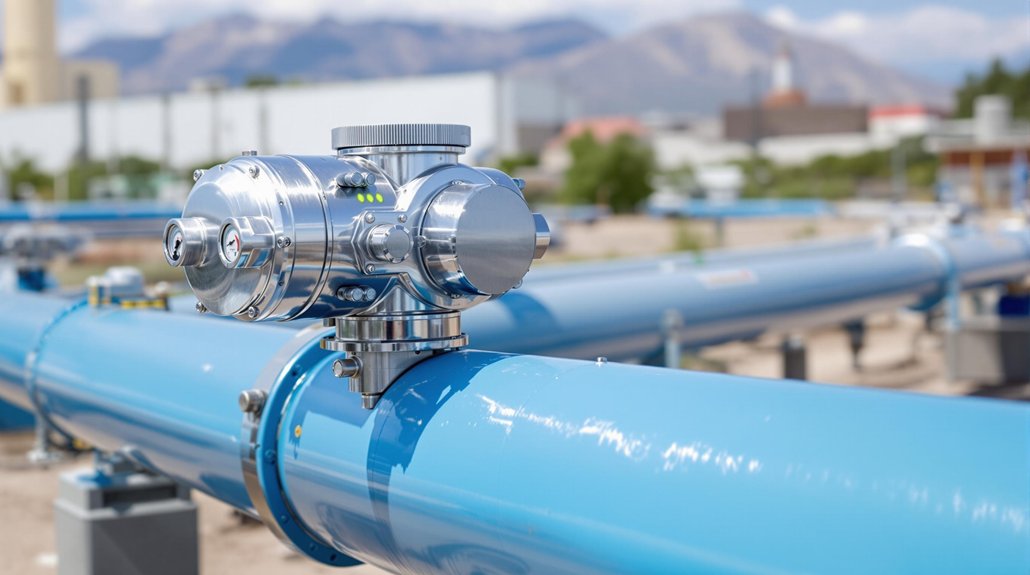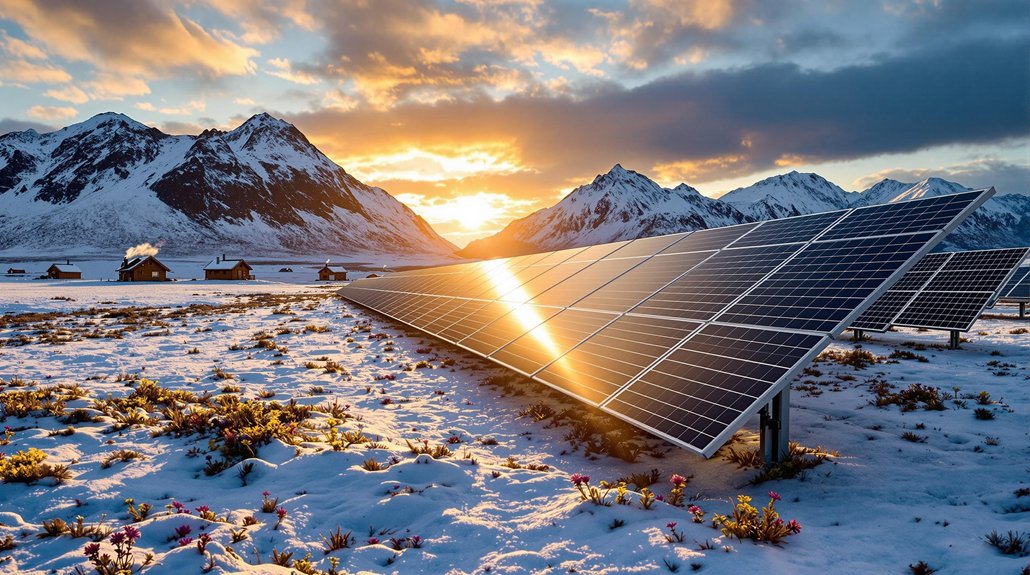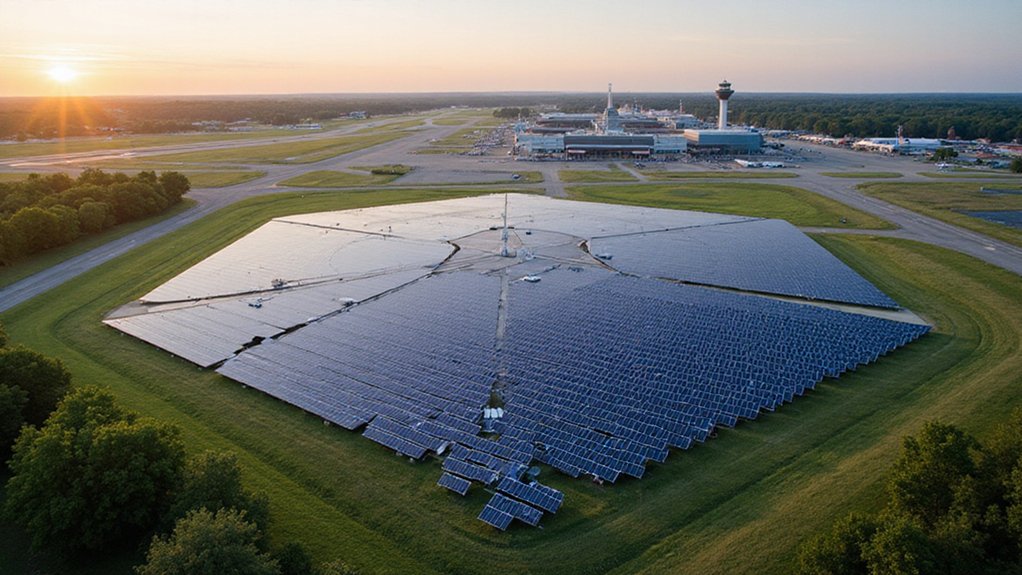Aurora, Colorado has found an innovative way to keep water rates stable. The city’s drinking water pipes now generate electricity using excess pressure in the system. InPipe Energy’s HydroXS technology produces about 255,000 kilowatt-hours yearly, cutting carbon emissions and operational costs. This renewable energy solution aligns with federal incentives and demonstrates how existing infrastructure can serve multiple purposes. Other municipalities are now watching Aurora’s success with interest.
Aurora residents have dodged water rate increases thanks to an innovative renewable energy system that’s turning excess pressure into power. Aurora Water has become the first utility in Colorado to implement InPipe Energy’s HydroXS system, which captures excess pressure in water pipelines and converts it into clean electricity.
The system, installed on Aurora’s second-largest water supply pipeline, generates approximately 255,000 kilowatt-hours of electricity annually. That’s enough energy to prevent about 3,400 tons of carbon emissions over the system’s expected lifespan. The technology works by using a pump-as-turbine method that diverts water through a special flow meter and turbine.
“It’s a win-win situation,” explains a city official. “We’re generating clean energy while managing water pressure more effectively.” The innovative approach has caught the attention of neighboring municipalities, with Thornton and Greeley now exploring similar installations after seeing Aurora’s success.
What makes this especially beneficial for residents is the economic impact. Revenue generated from selling this electricity back to the grid through net metering credits helps offset operational costs for Aurora Water. These savings allow the utility to avoid passing increased maintenance expenses on to customers through higher water bills. The utility expects the system to pay for itself through cost savings within three years.
The project required minimal modifications to existing infrastructure, making it both cost-effective and scalable. It also aligns with federal policies under the Inflation Reduction Act, which supports green energy initiatives. Unlike other renewable energy sources, this system offers constant energy supply regardless of weather conditions, similar to traditional geothermal plants. The system is expected to go online in June 2024 and will serve as a model for future renewable energy projects. The electricity generated qualifies as an eligible renewable resource under current regulations.
Beyond the immediate financial benefits, the system provides environmental advantages by reducing greenhouse gas emissions and improving water resource management. The real-time data integration optimizes both water and energy usage, contributing to Aurora’s climate resilience goals.
As more cities face rising utility costs and environmental concerns, Aurora’s approach demonstrates how municipalities can leverage existing infrastructure to generate clean energy while keeping essential services affordable for residents. The success of this project may lead to widespread adoption throughout Colorado and beyond.








